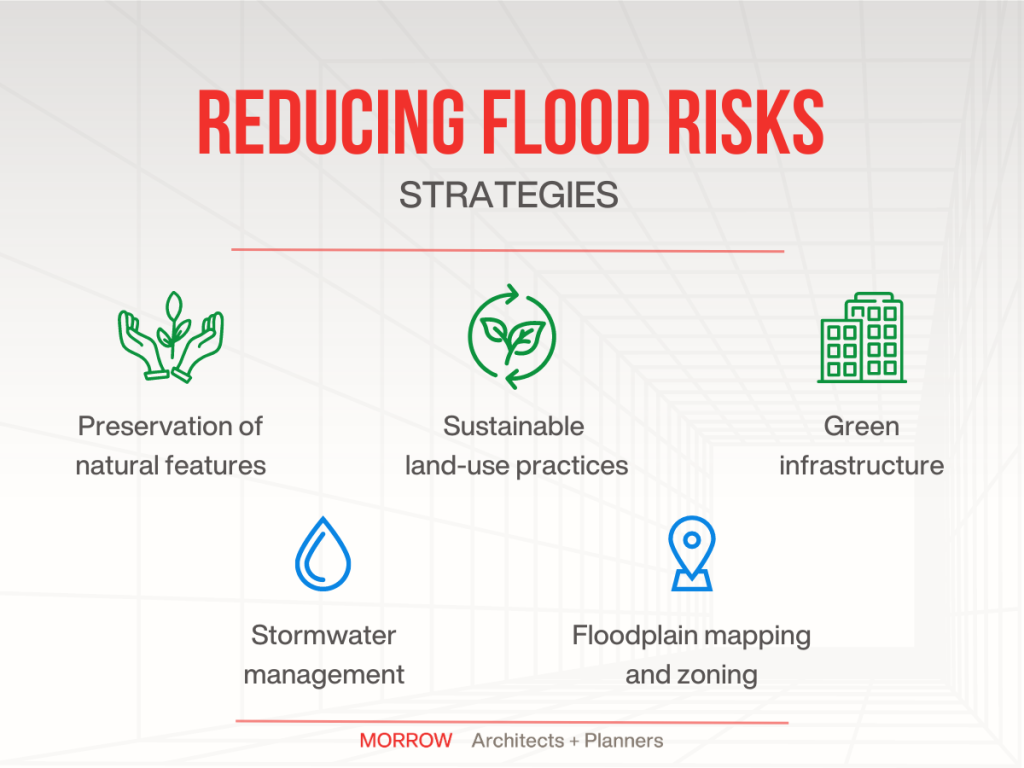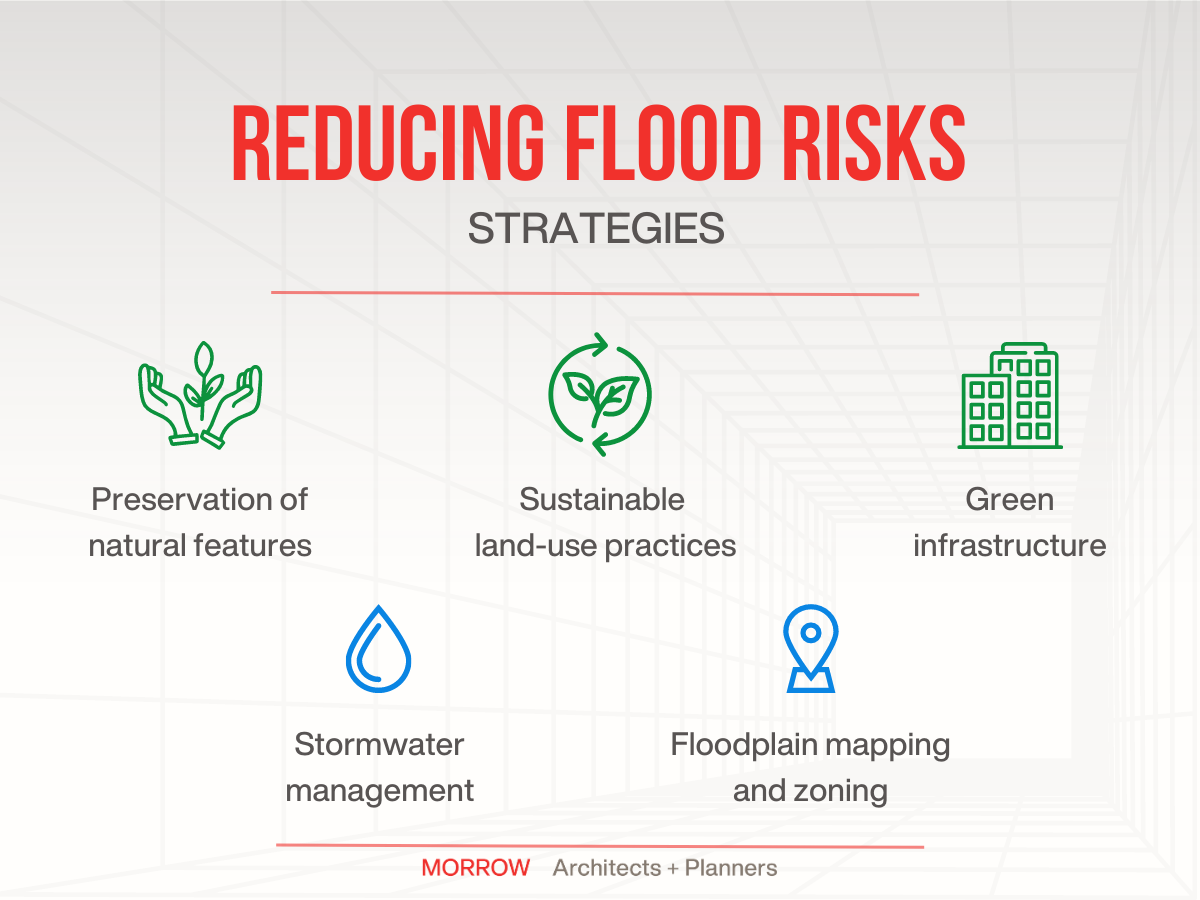Why intelligent urban planning?
At MORROW, we believe intelligent urban planning stems from the goal of creating urban environments that are livable, sustainable, and equitable. These environments will then serve the needs of both the people and land, while also protecting its natural resources and promoting economic development. Hence, the results of good urban planning are far-reaching, from social and economic benefits to minimal disruptions to daily life due to traffic congestion or in the case of what we will discuss in this article — floods.

Climate change and increased prevalence of extreme weather
Globally, climate change as a result of human action(s) has already wreaked havoc across regions and caused losses both financially and in terms of human lives. Similarly, in Southeast Asia where countries are typically affected by the annual monsoon seasons, the incidences of flooding have become more frequent and severe in recent years are estimated to continue with the current climate crisis.
Although less devastating in terms of number of residents displaced as compared to the Pakistan flood in October 2022 that saw 14 million people affected, the recent flood in Johor in March this year saw around 40,000 displaced from their homes. With poor drainage infrastructure and development in flood-prone areas, the problem is further exacerbated. In addition, several factors can contribute to flooding in Malaysia, especially when climate change is also taken into consideration. These factors include:
- Heavy rainfall
- Deforestation
- Poor drainage infrastructure
- Development in flood-prone areas
How can intelligent urban planning reduce flood risk?
While it is impossible to forecast flood risks for years in advance, this horizon for urban planning can be much longer. As such, long-term integrated urban systems, green infrastructure, land use planning and zoning regulations are also an important part of intelligent urban planning.
At MORROW, we address these potential urban issues by also putting United Nations’ (UN) Sustainable Development Goals (SDGs) at the core of our planning principles and objectives.
When it comes to governing and mitigating urban flood risks, goals 6 (clean water and sanitation), 11 (sustainable cities and communications), 13 (climate action), 14 (life below water) and 15 (life on land) are the overarching ones amongst the 17 SDGs that guide our plans and actions. Ranging from combating climate change, to ensuring sustainable and resilient settlements through urban planning, these goals focus on reducing the frequency and severity of floods while ensuring the protection and conservation of natural habitats.
Measures to reduce flood risk
To reduce the chances of flooding, the following measures can be considered.

Stormwater Management: An effective stormwater management system — a critical aspect of good urban planning — has drainage systems that can efficiently handle the volume of water during heavy rainfall and prevent water accumulation that can lead to flooding.
Preservation of natural features: Urban planning can help to preserve natural features such as wetlands, rivers, and streams. These natural features can absorb and retain large amounts of water, reducing the risk of flooding.
Floodplain mapping and zoning: Good urban planning involves identifying areas that are prone to flooding and restricting development in those areas, to help ensure that buildings and infrastructure are constructed in areas with lower flood risk.
Green infrastructure: Incorporating green infrastructure such as green roofs, rain gardens, and permeable pavements can help to reduce the volume of stormwater runoff, thus mitigating the risk of flooding.
Sustainable land use practices: Urban planning can promote sustainable land use practices such as minimising land development in flood-prone areas, and promoting green spaces, which help to reduce the amount of stormwater runoff and protect against flooding.
Hence, with good urban planning and the implementation of the above measures, the chances of flooding can be significantly reduced and communities can be protected from the devastating effects of floods.


